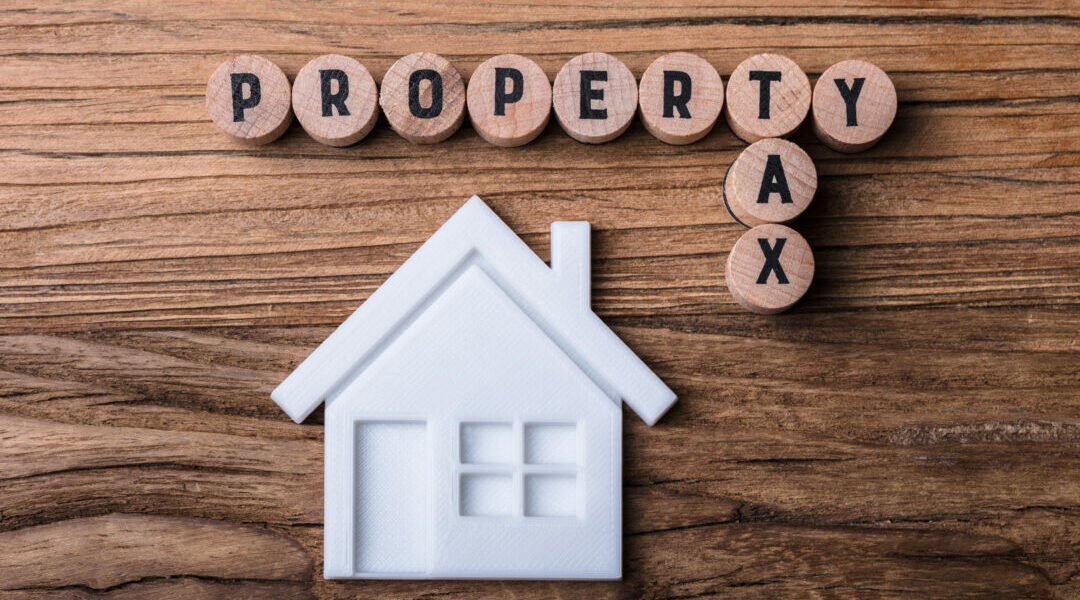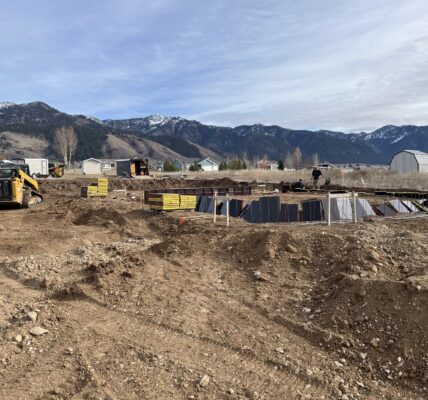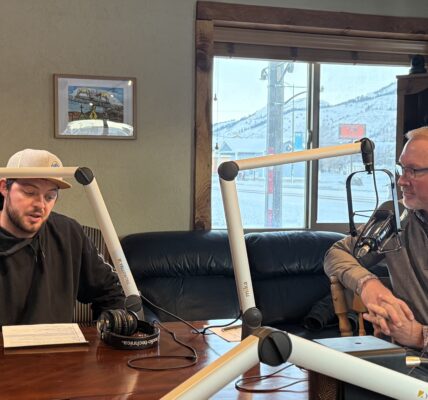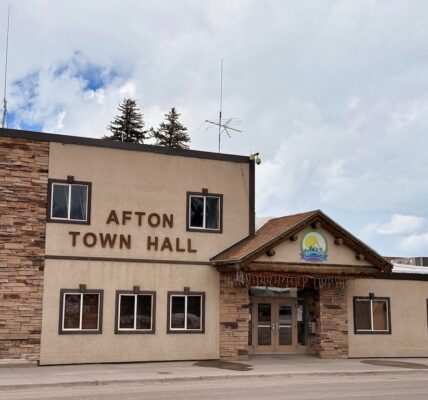By Carrie Haderlie
The Sheridan Press
Via- Wyoming News Exchange
SHERIDAN — This fall, Wyoming voters will decide whether to amend the state constitution to create a class of residential property to be taxed independently from commercial property in an ongoing discussion on property tax reform.
If passed, Constitutional Amendment A would be a first step: Lawmakers would have the option to create a fourth residential tier in the state’s property tax structure, which could be assessed at a different rate than commercial properties. Currently, commercial and residential properties are in the same category for taxation purposes.
“The easiest way to explain this is that (without the constitutional amendment) we can’t give grandma a break on her taxes unless we give the same break to Walmart,” Laurie Urbigkit with the Wyoming Realtors Association said.
Others argue the change could lead to unsound tax policy. Renters living in apartments and single-family homes could be put at a disadvantage, because being in a different taxation class or subclass than owner-occupied homes could lead to higher property taxes that would be passed on to the renters, Manish Bhatt, senior policy analyst with the Center for State Tax Policy at the Tax Foundation wrote on Sept. 12.
“Wyoming voters are effectively being asked to preference property owners who live in their homes over everyone else — including renters,” Bhatt writes. “The option before (voters) is a non-neutral policy that could negatively influence investment decisions and would likely shift the property tax burden without offering meaningful relief for all taxpayers.”
How it works now and what would change
Wyoming currently separates property taxation into three tiers: one for mineral production taxed at 100%; a second for industrial real and personal property at 11.5%; and a third containing all other property, including commercial real and personal property, residential real and personal property which includes titled manufactured homes and agricultural land that is in production at 9.5%.
The legislature determines the level of assessment for each category, and would be left to do the same for any new tier created, following the constitutional amendment, according to Brenda Henson, director of Wyoming’s Department of Revenue.
“The true impact (of Constitutional Amendment A would) not be known until the Legislature takes action,” Henson said.
The amendment does include a provision that lawmakers could also create a subclass for owner occupied residences versus rental properties, second homes and vacation rentals. If passed, the new tax structure would be, using current percentages, mineral production at 100%, industrial real and personal property at 11.5%, a new residential real property including land and structures taxed at a percentage to be determined — with a possible subclass for owner-occupied residential structure, also at a percentage to be determined. A fourth class would include all other property, from commercial real and personal property, residential personal property which includes titled manufactured homes, and agricultural land that is in production, taxed at 9.5%.
The Legislature would also need to define “residential real property,” Henson said.
“Will this be limited to single family residential properties or include multifamily residential properties? If a single family residential structure or multifamily is used as an income producing property, will that be deemed residential or commercial? Various scenarios will be considered,” she said.
Property owners would need to identify residential structures that are owner-occupied to ensure the appropriate level of assessment is applied, Henson said. Some, she said, have voiced concern the legislature may consider increasing the level of assessment on the “all other property” tier to make up for the lower tax base that would be the result of the reductions on residential property.
“It’s also possible the fourth tier is created and the Legislature determines the same level of assessment for residential as all other property, ultimately resulting in zero change in assessed value,” Henson said, adding the Department of Revenue has “no position and would administer all statutory changes the legislature makes as a result of the amended constitution.”
What about the backfill?
Sue Sommers of Wyoming Tax Facts explained the constitutional amendment is the result of a 2023 joint resolution approved by the Legislature.
“It does take time for these things to make it to the ballot,” Sommers said, adding many Wyoming residents have wondered why the current third class of property is simply a “basket labeled other that includes commercial, agricultural and personal property.”
“The system was working pretty darn well up until now, until we saw the property tax assessments go up during COVID,” Sommers said. As demand for homes went up, and supply went down, prices rose.
That meant an increase of sometimes 400 to 500% in property taxes, according to Urbigkit.
Sommers noted, though, that home values have dropped in the most recent Department of Revenue report, and there are limits to how different property tax rates can be.
“Theoretically, there are limits to what the legislature can do in terms of changing assessment rates, and there’s no way elected officials are going to raise taxes in Wyoming any time soon,” Sommers said. “But we have been given quite a few tax breaks, and there is a question about funding for schools and local governments.”
The question of “backfill” — or a mechanism for making up lost revenue from cuts to fund agencies across the state — pops up in nearly all discussion on property tax reform.
“That has to be watched really carefully, because if funding for schools drops to an unconstitutional level, there will be lawsuits,” Sommers said. “Also, local governments rely on property tax to continue to provide services to all of us, and that is critical. There is a careful balancing act any time you are talking about taxes and revenue.”
Urbigkit said that while her organization is “100% supportive of the constitutional amendment,” slashing budgets for cities, counties, school districts, community colleges, fire districts, hospital districts “is not what we’re advocating for. Absolutely not,” she said.
The amendment is just a first step in the conversation, she continued, and lawmakers would be left to decide how to make up lost revenue.
“They have the ability to do the backfill if they see fit, and they have the ability to be more careful with their tax cuts,” Urbigkit said. “There are also a lot of people who do not need a tax break on their residential property, even though it has gone up. We’re not asking for a huge slash. We’re just saying, it should be its own class so that the legislature can deal with it appropriately.”
Lawmakers have already created substantial property tax relief programs, Sommers noted, from a long term homeowner credit that will take effect in 2025, an expanded relief program and a cap on possible increases, all passed during the 2024 legislative session.
“These are so substantial that some people feel they’re unconstitutional, and that they could cause problems for local governments and school districts,” Sommers said. “That is worrisome. … these programs are very generous, but the question is, how do we keep funding our schools?”
What it takes to amend the state constitution
To amend Wyoming’s constitution, voters casting ballots in the election must vote in affirmative as a majority, according to Dave Picard, political strategist and lobbyist with the Wyoming Group. This means it will take 50% — plus one vote — of those voting in the general election for Constitutional Amendment A to be successful.
This means that if the total votes cast in a general election was 100,000, but only 97,000 votes were cast on the question, it would take 50,001 “yes” votes for a constitutional amendment to pass. Even if 49,999 voted in favor, representing a majority of those voting on the question, those votes would not be enough for the amendment to pass.
A handful of proposed amendments in the last 30 years have received a majority of votes on the question, but have not achieved that 50% plus one, Picard said.
“Historically, between 90% and 93% of those casting ballots in a general election will vote on the down ballot races and measures,” he explained. “This creates a high barrier to amend our state constitution, something that I believe should be a high bar.”
How to learn more
The Equality State Policy Center will host a webinar from 12-1 p.m. Tuesday, Oct. 29, to consider possible outcomes of Amendment A, which would make “residential property” a separate class so the legislature could create options for property tax reform.
Changes to the tax structure directly affect Wyoming residents and communities, according to the ESPC. Presenters will include Rep. Liz Storer, D-Jackson; Manish Bhatt, senior policy analyst with the Center for State Tax Policy; and Jim Willox, Converse County commissioner, who will discuss the pros, cons and unknowns should Amendment A pass on Nov. 5.
Storer has voiced support for the Amendment and Bhatt has expressed concerns.
The ESPC event is free and open to the public, but online registration is required. Video will be posted online after the event.
Sue Sommers of Wyoming Tax Facts said she will be learning alongside other voters during the webinar.
“I want to do this webinar so I know what I think when I go to the polls. I would encourage other people to tune in as well,” Sommers said.






1 COMMENTS
Comments are closed.